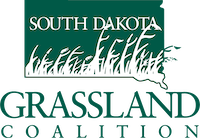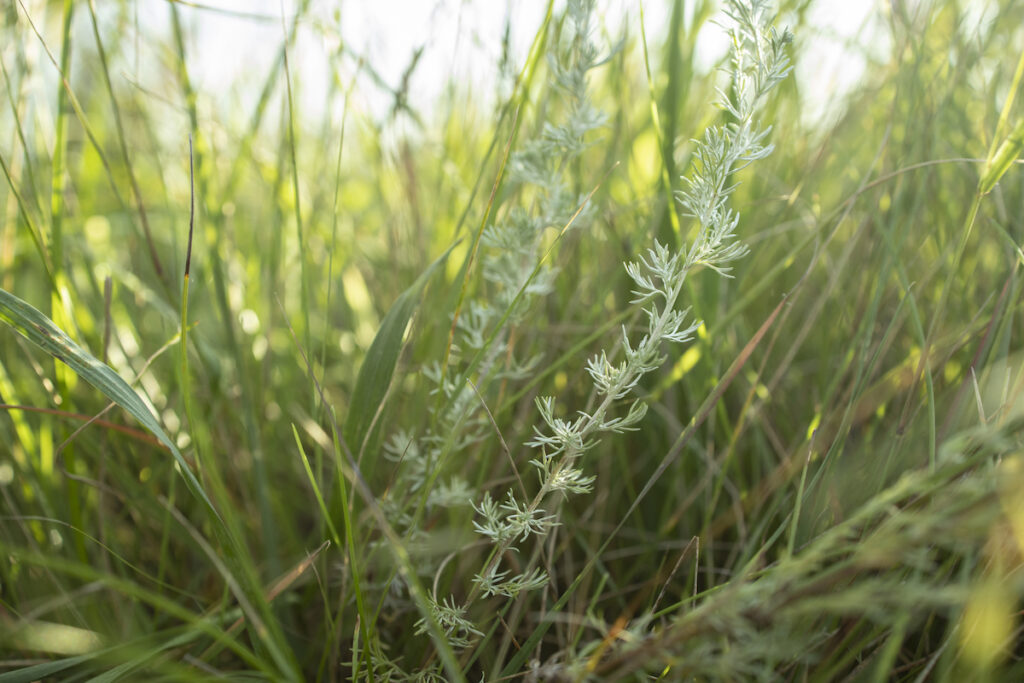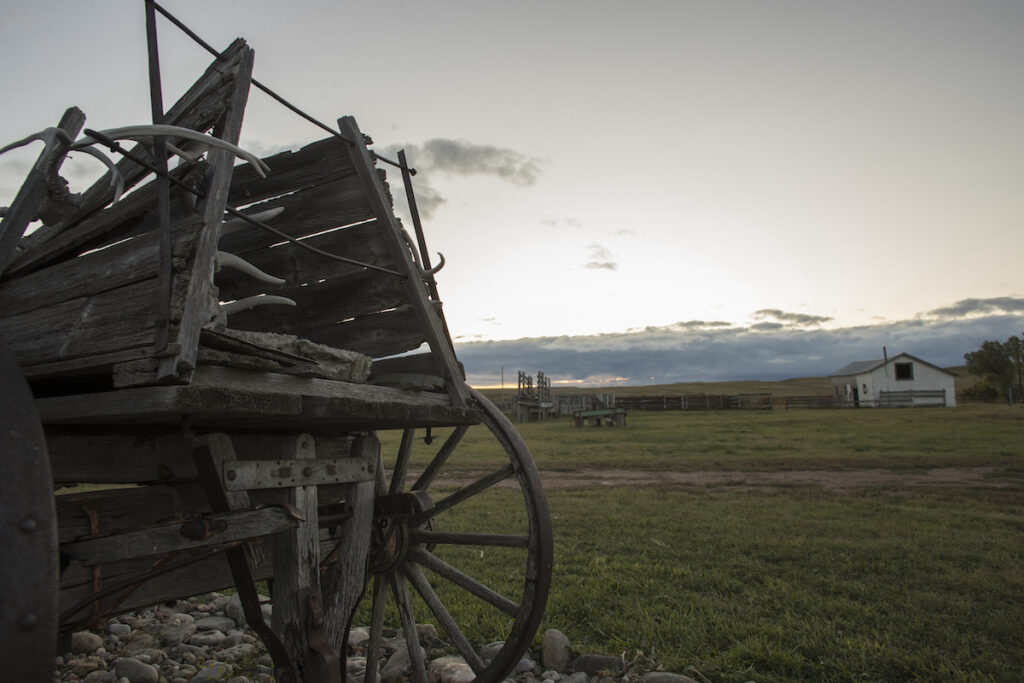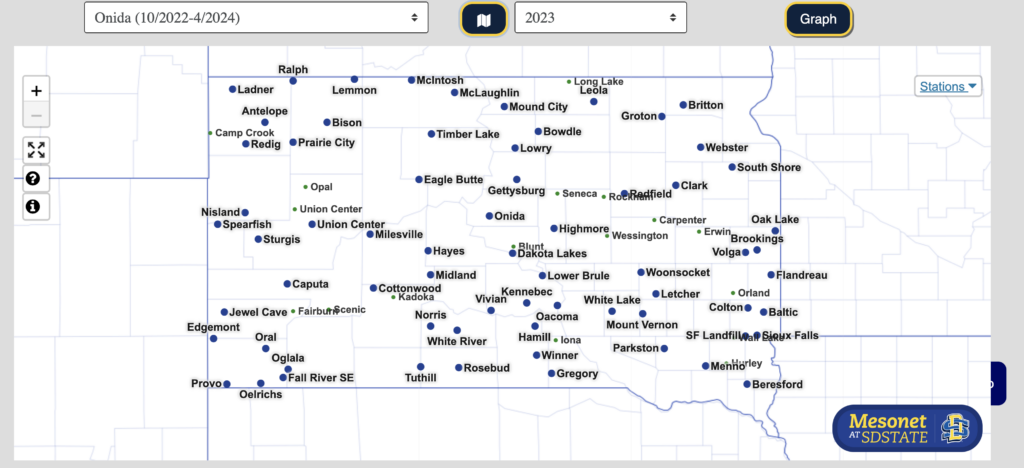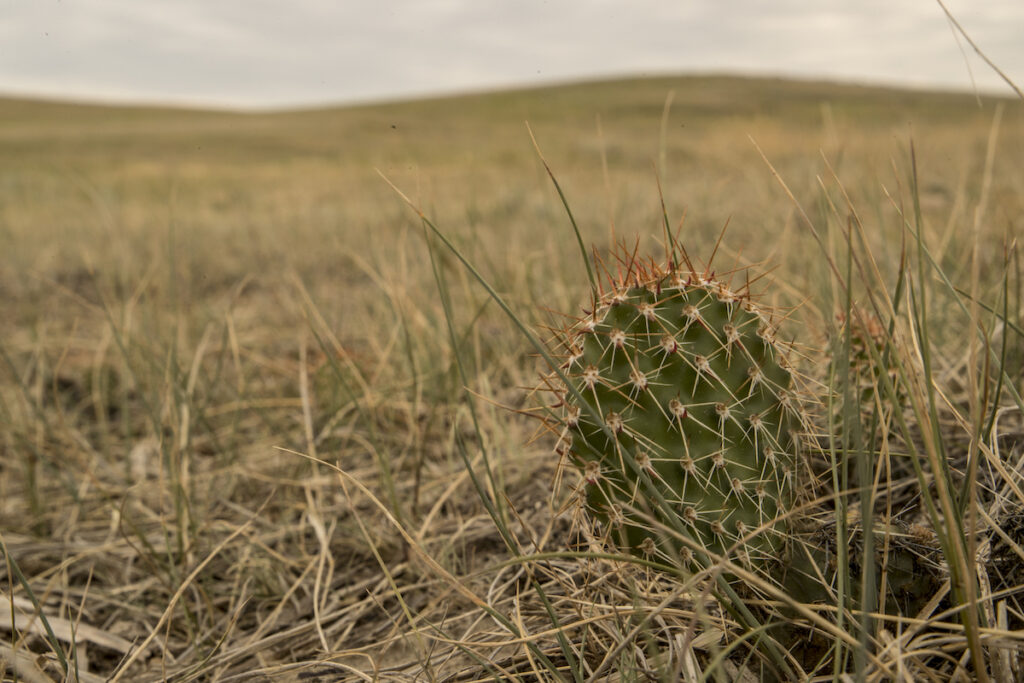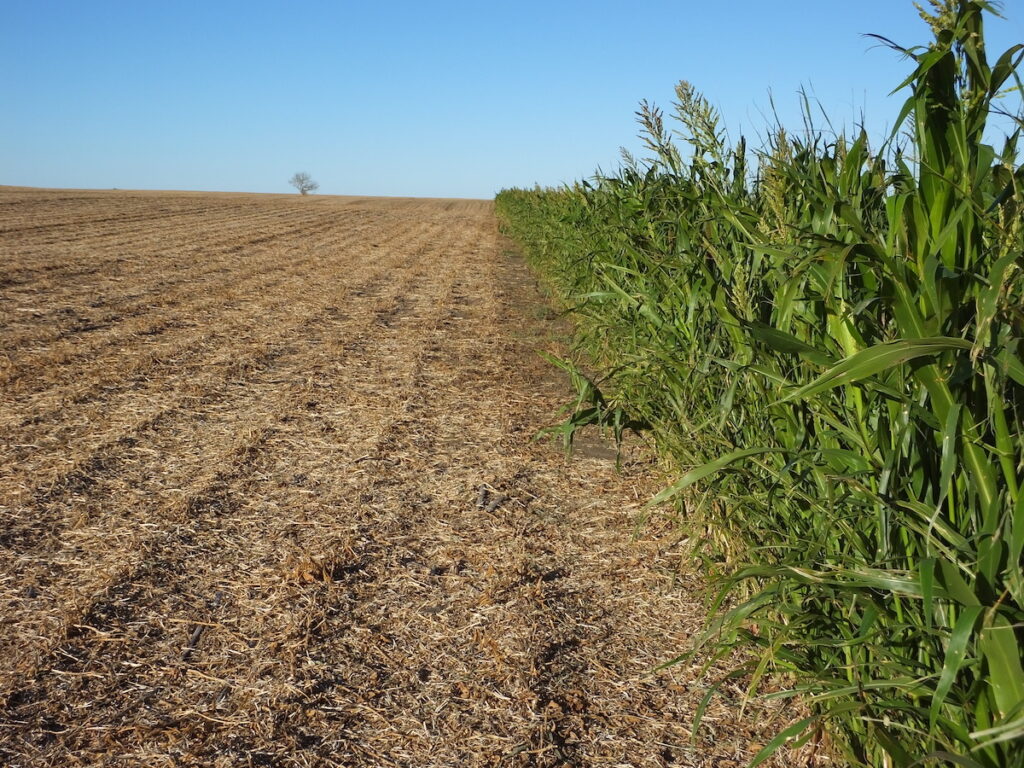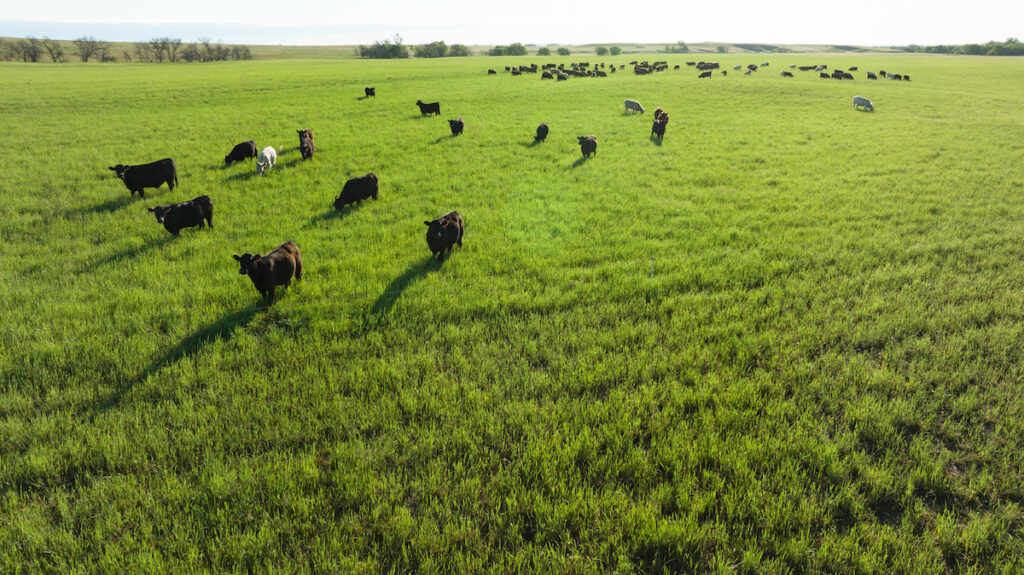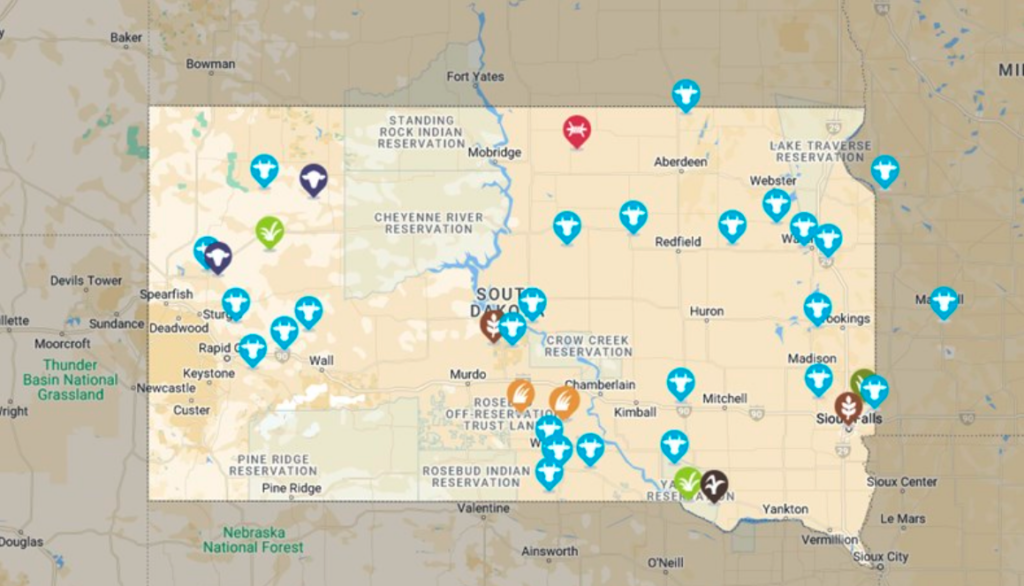Part 3 covers overcoming personal obstacles that are keeping you from achieving your ranch goals.
It is important to note that ranch goals are an important part of grazing planning. Holistic Resource Management training is helpful in refining your goals.
CREATING HEALTHY PASTURES: PART 3 Read More »
